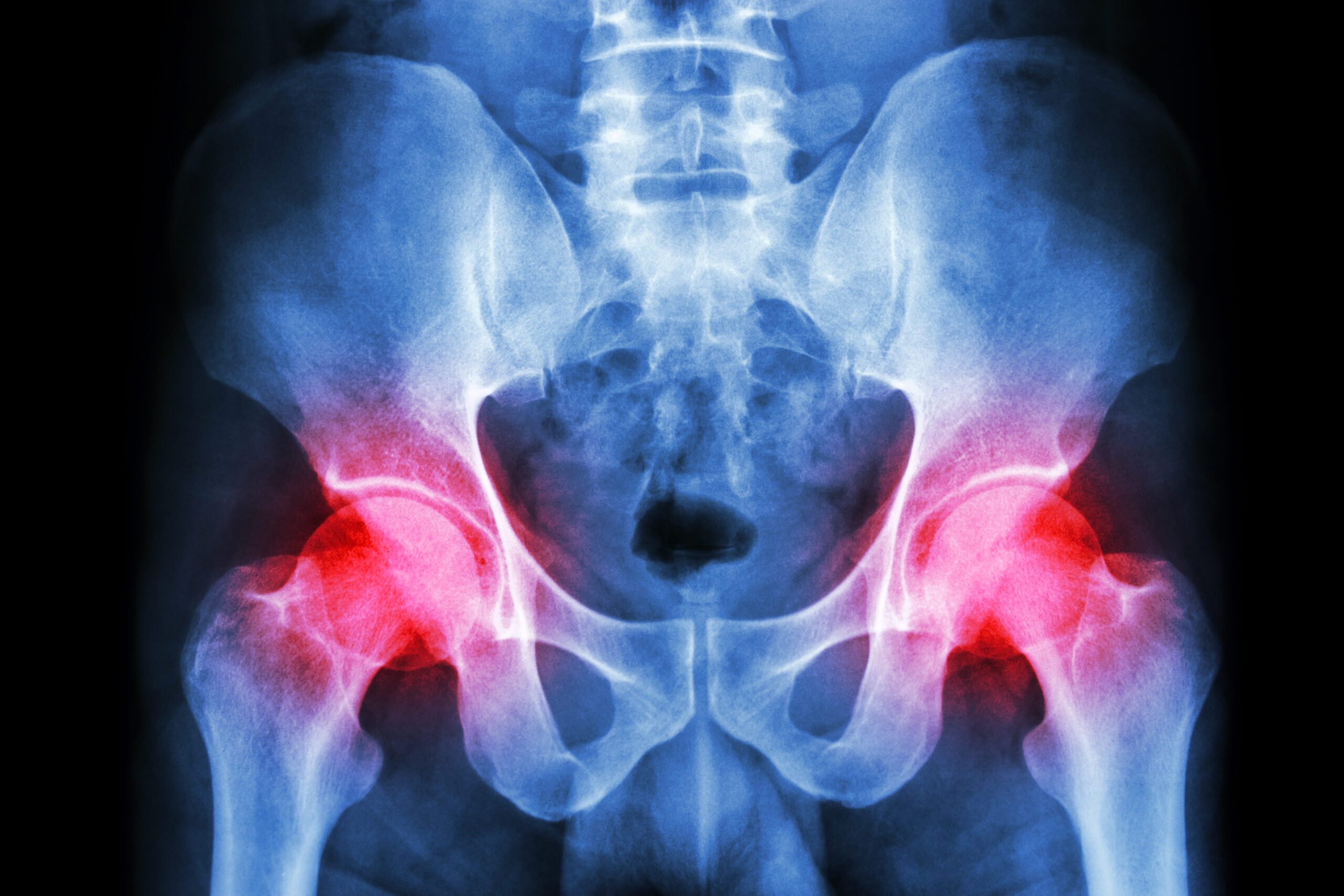Dr. Matt Schmitz, JBJS Deputy Editor for Social Media, discusses a new study on the impact of robotic assistance and computer navigation on periprosthetic joint infection after primary total hip arthroplasty.
Orthopaedic surgeons have been well known to utilize technological advancements to assist with surgery. There has been a rapid increase in the use of such aids in joint replacement, including total hip arthroplasty (THA), where use of technology has been associated with improvements in the accuracy of component placement. However, the effect on long-term patient outcomes is unclear. In addition, the reported benefit of using technology assistance must be weighed against higher costs, radiation exposure, and longer surgical times with these tools.
Prolonged surgical times are not necessarily without detriment and have been associated with increased rates of infection. However, the use of technological aids in THA has not been studied in depth with regard to the risk of periprosthetic joint infection (PJI). LaValva et al. of the Hospital for Special Surgery in New York investigated the risk in a study now published in JBJS. They found that the use of robotic assistance and computer navigation in THA was not associated with a greater risk of PJI following THA. Read the study at JBJS.org:
The researchers reviewed an institutional database to compare the 90-day risk of PJI after primary THA among patients stratified by surgical technique: conventional THA, computer-navigated THA (CN-THA), and robotic-assisted THA (RA-THA). A propensity-score-matching methodology was used.
A total of 12,726 patients were eligible for matching; patients who underwent conventional THA were matched 1:1 with patients who underwent CN-THA (2,644 patients in each group) and with patients who underwent RA-THA (2,003 in each group).
- The mean operative time was longer in the CN-THA group compared with the conventional THA group (89 ± 29 vs. 86 ± 30 minutes; p < 0.001) and was longer in the RA-THA group compared with the conventional THA group (97 ± 25 vs. 86 ± 31 minutes; p < 0.001).
- The infection rate, however, did not differ significantly between the conventional THA group and the CN-THA group (0.2% vs. 0.4%; p = 0.225) and did not differ between the conventional THA group and the RA-THA group (0.4% vs. 0.4%; p = 0.808). The overall infection rate was low overall.
- On logistic regression analysis, the development of PJI was not associated with the use of computer navigation or robotic assistance (for computer navigation: odds ratio [OR], 1.8 [95% confidence interval (CI), 0.7 to 5.3; p = 0.232; and for robotic assistance: OR, 0.9 [95% CI, 0.3 to 2.3]; p = 0.808).
The authors rightfully state that, with such a low rate of infection at their institution, the matched cohort was likely underpowered to detect significant differences in infection rates. They add that this reveals the need for future registry-level comparisons to help assess the influence of technology on infection rates.
In addition to the PJI-related findings, one takeaway from the study is the increase in surgical time associated with technological advances in joint arthroplasty. We can debate whether the greater operative time with computer navigation vs. conventional THA in this study (3 minutes) is clinically important, but increased time was seen in the robotic-assisted THA group (11 minutes greater than conventional). A mentor once told me, “Good surgery is efficient surgery.” As surgeons, we should continually strive to improve surgical times, as prolonged surgery may have a detrimental impact on patient outcomes. Additional research is needed to further elucidate the benefits along with the potential drawbacks of the emerging technologies.
William L. Bargar, MD provides additional perspective on this study in a commentary: Infection and the Use of Robotics and Navigation: What, Me Worry?
Access the full study here: Robotics and Navigation Do Not Affect the Risk of Periprosthetic Joint Infection Following Primary Total Hip Arthroplasty: A Propensity Score-Matched Cohort Analysis
Press release: Robotic-assisted surgery and navigation don’t affect infection risk after hip arthroplasty
JBJS Deputy Editor for Social Media




